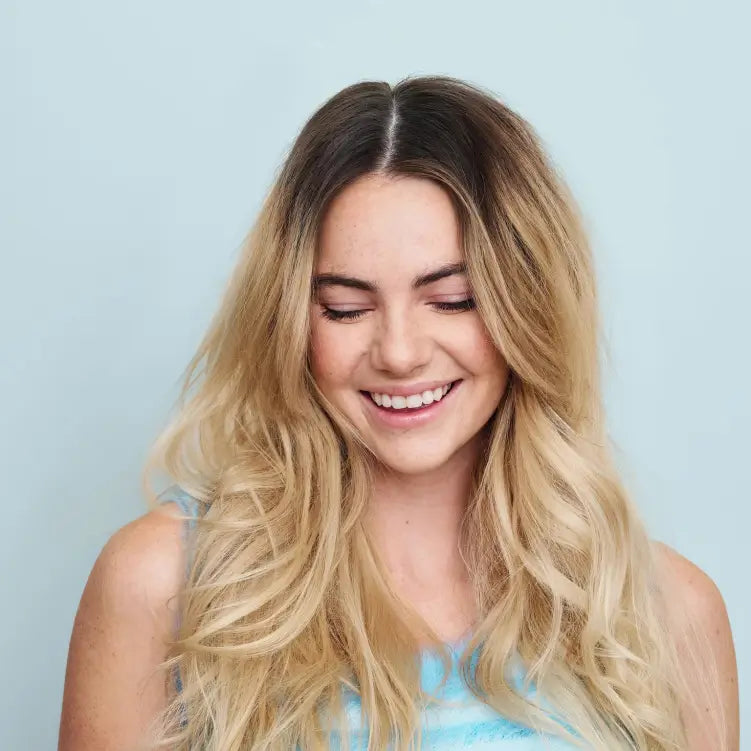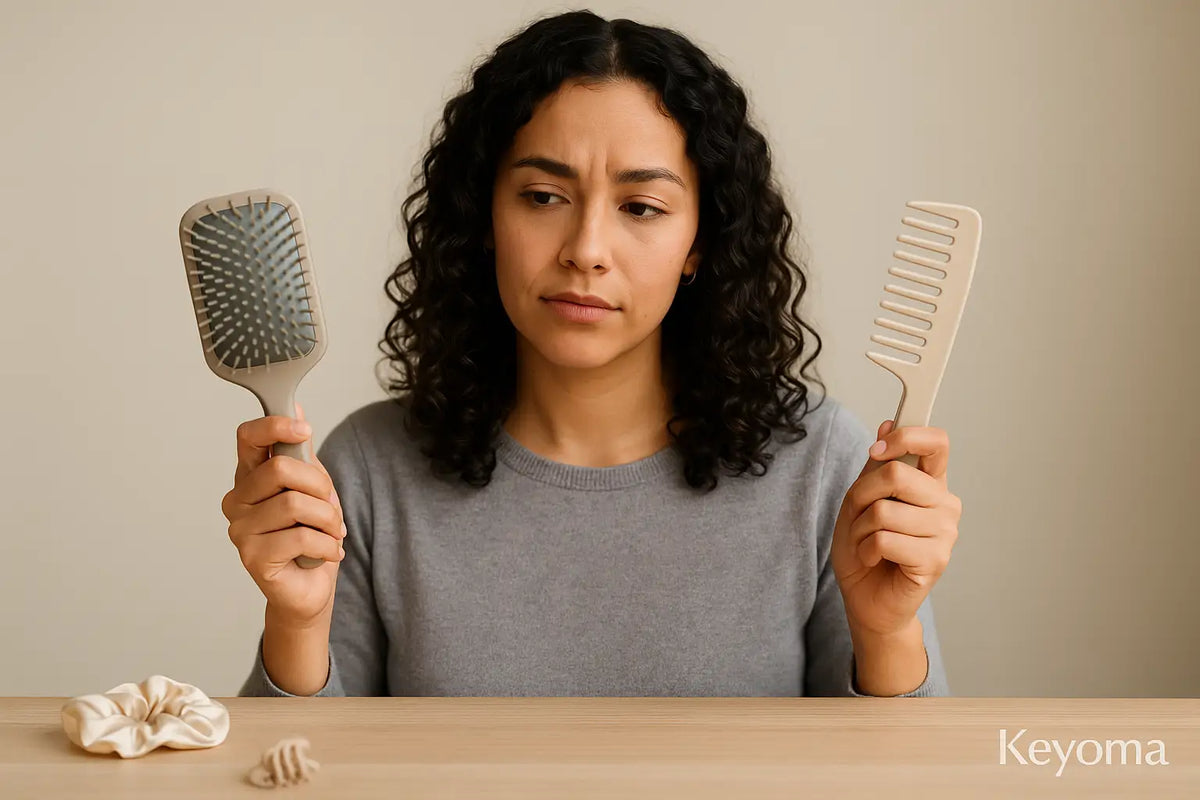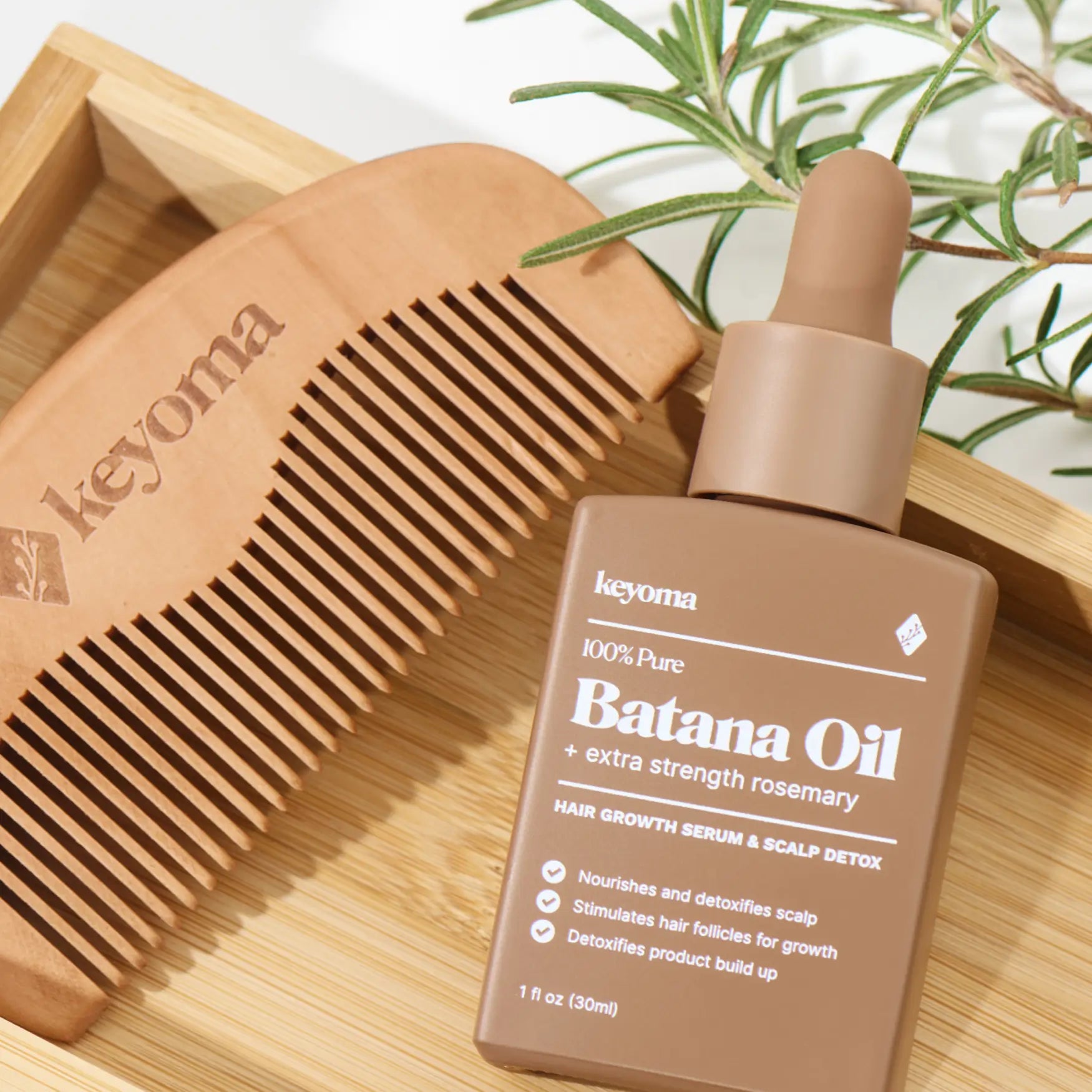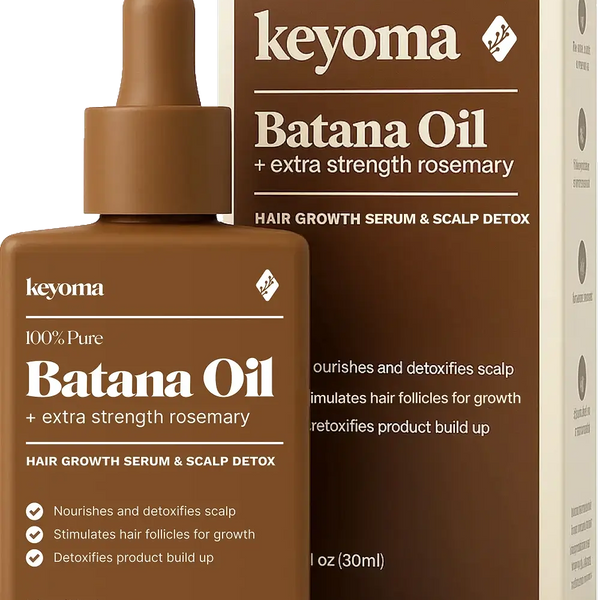In this article
We all want hair that looks and feels healthy. Achieving a great hair day is a common goal, and it's even better when your routine makes that happen consistently.
To keep your hair healthy, it's vital to figure out which products and tools work best for you. Learning the right techniques to support healthy hair is a process that takes practice to master. It often comes down to research and some trial and error.
For example, have you ever stopped to consider if you should be using a comb or a brush on your hair?
Sadly, there isn't a single answer that works for everyone. The best choice depends on your specific hair type and needs. Both brushes and combs come with their own set of advantages and disadvantages.
Keep reading to learn more about whether a comb or brush is the right tool for your hair's health. You might find that you've been using the wrong one and causing unnecessary damage.
Key Takeaways
-
Brushes are effective for distributing natural oils and detangling wet hair.
-
Combs provide more precision for styling and gently detangle fragile hair.
-
Your hair type and desired style determine the best tool for your routine.
-
Using the wrong tool or technique can lead to frizz, breakage, or hair loss.
What Are Hair Brushes?
Hair brushes are tools designed for grooming and styling your hair. Most are made from wood or plastic and are available in many different shapes and sizes. Brushes also help distribute natural sebum from the scalp, which can keep your hair shiny and healthy.
When to Use a Brush
A hair brush is often the most effective tool for these situations:
Detangling Wet Hair: Brushes are excellent for getting through wet hair. Their design helps you work through knots and tangles without tugging or pulling too hard on your strands.
Styling: A brush is a great tool for styling your hair. The bristles give you control for rolling hair, which makes creating curls much easier.
Drying: Brushes work perfectly for achieving a smooth finish when you blow-dry your hair. They can also add shape and volume to your hair as it dries.
Distribute Natural Oils: A brush helps move natural oils from your scalp down through your hair, making sure it stays strong and lustrous.
Types of Brushes
Brushes come in several different types, including:

1. Round Brush
Round brushes are excellent for creating volume and curls in your hair. The circular shape of the brush gives you a more controlled and consistent styling experience. These brushes are sold in various diameters; a smaller diameter creates a tighter curl.
2. Paddle Brush
Paddle brushes are essential for helping to smooth and detangle wavy hair types. People often use them while blow-drying, and their wide, flat shape makes them ideal for working through large sections of hair.
3. Vent Brush
Vent brushes have vents or small holes that improve airflow, which makes them great for drying and styling hair. They are also effective for detangling and can help prevent heat damage during blow-drying.
4. Boar Bristle Brushes
Boar bristle brushes are made from the hair of wild or domestic boars and are a popular choice due to their many benefits. These bristles help spread your scalp's natural oils through your hair, keeping it healthy and promoting hair growth.
They are great for all hair types but are particularly good for those with fine or thinning hair because they can help add thickness and volume.
Pros of Using a Brush
As you may know, brushes are made of many small bristles, often set in a cushion. They can be very helpful for certain hair types. The benefits of using a brush include:
-
Brushes are fast: Their larger size makes it easier to brush through a big section of your hair at one time.
-
Brushes massage the scalp: A gentle brushing also stimulates your scalp, which improves blood flow and brings nutrients to the area. I find that a quick, gentle scalp massage with my brush feels invigorating. Some studies have connected poor blood flow to hair loss.
-
Brushes distribute oi:. Using a brush is a great way to spread your hair’s natural oils from the scalp all the way down to the ends. This helps manage oil at the roots while moisturizing your ends.
Cons of Using a Brush
It isn’t always perfect when it comes to hair brushes. A few of the downsides of using a hair brush are:
-
Bristles can break. You might not realize a bristle on your brush has broken, leaving behind a jagged edge. This sharp point can snag hair and lead to breakage.
-
Overbrushing damages hair: You've likely heard the myth that your hair needs 100 brush strokes a day. The American Academy of Dermatology (AAD) confirms this is false. Overbrushing creates unnecessary friction and tugging.
-
Excessive brushing may lead to hair loss: A small study of 14 women found that those who brushed less often experienced less hair loss.
-
Brushes can create frizz: Brushing can disrupt the hair’s natural pattern or lift the cuticle, which causes frizz and static electricity.
What Are Combs?
Combs are essential tools for styling hair, often made from plastic, metal, or wood in many sizes and shapes. A comb's teeth are designed to separate and untangle hair. You can also use them to section hair for styling or to apply products like conditioner evenly.
When to Use a Comb
Knowing the right time to use a comb is important if you want to get the best results from it:
Detangling Dry Hair: Combs work very well for detangling your hair when it is dry. They help ensure you experience minimal damage or breakage.
Styling: Much like brushes, combs are excellent for styling hair. Their design allows for more precision when you are creating specific hairstyles.
Sectioning: Combs are perfect for making precise sections in your hair. They also are great for teasing your hair to add volume at the roots.
Taming Hair: Combs are also useful for taming your hair. You can use them to smooth down any frizz or flyaways.
Types of Combs
Just like brushes, combs come in various types:

1. Wide Tooth Comb
A wide-tooth comb is the perfect tool for detangling and styling thick hair. The comb's widely spaced teeth allow for gentle detangling and styling without causing damage to your hair.
2. Fine Tooth Comb
Fine-tooth combs are ideal for styling and detangling thin or delicate hair. They are also often used to create volume by teasing, as the fine teeth can securely grip small sections of hair.
3. Rat Tail Comb
Rat tail combs are a fantastic tool for sectioning hair, adding volume, and creating specific styles. They feature a long, thin tail you can use to create precise parts, making them perfect for updos, braids, and other detailed hairstyles.
Pros of Using a Comb
Combs can be a convenient and versatile choice for styling your hair. Here are some of the main benefits of using a comb.
-
Combs provide precise styling: You have greater control when using a comb, which is ideal for clean parts and segmented styles. This also helps you distribute products evenly through your hair.
-
Combs gently detangle: Wide-tooth combs are very effective for detangling fragile or wet hair without too much breakage. In my family, those with curly hair swear by wide-tooth combs. A 2007 study confirmed that brushes cause more hair breakage than combs.
-
They’re portable: Because combs are small and lightweight, they are easy to carry with you for quick touch-ups when you're on the go.
-
Combs disrupt hair patterns less: Combs, especially wide-tooth versions, are gentler on curly or textured hair, which helps maintain your natural curl pattern without causing frizz.
Cons of Using a Comb
Is it bad to comb your hair? Not if you’re gentle, but there are some potential downsides you should know about.
-
It can take more time: Due to their smaller size, combs may take longer than brushes to work through large sections of your hair.
-
Less effective for scalp stimulation: Combs are smaller and lighter, so they don't provide the same scalp massage benefits as brushes.
-
Limited oil distribution: Combs are not as effective at spreading natural oils from your scalp through the length of your hair, which can lead to uneven shine and moisture.
-
Can still cause breakage: If you use them too aggressively, combs can snag and break hair, especially when you are working through tough knots.
Which One Should You Choose?
Your choice between a brush and a comb should depend on your hair's specific needs and the hairstyle you want to achieve.
If your hair is thick, curly, or textured, use a wide-toothed comb or a paddle brush to detangle and smooth it without causing breakage. For styling, a round or vent brush is best for adding volume and creating curls.
If you have fine or thin hair, a brush with nylon bristles or a fine-toothed comb is better for adding volume and styling. You can use a rat tail comb to create specific parts and section your hair.
To maintain your hair's overall health, a boar bristle brush is a great choice for spreading sebum from your scalp through the hair, which promotes shiny and healthy locks.
Make the Right Choice for Your Hair's Health
Ultimately, both brushing and combing your hair can provide significant benefits, no matter your hair type. From spreading natural oils to detangling hair without causing breakage, using the right tool contributes to stronger, healthier strands.
The gentle stimulation also improves blood circulation to support your overall scalp health. By understanding your hair type and choosing the right tool—whether it's a wide-tooth comb for your curls or a boar bristle brush for shine—you can build a routine that leaves your hair more manageable, vibrant, and resilient.
Explore our other posts to learn more about building a healthy hair care routine.
Featured Product
100% Pure Batana Oil + Rosemary









